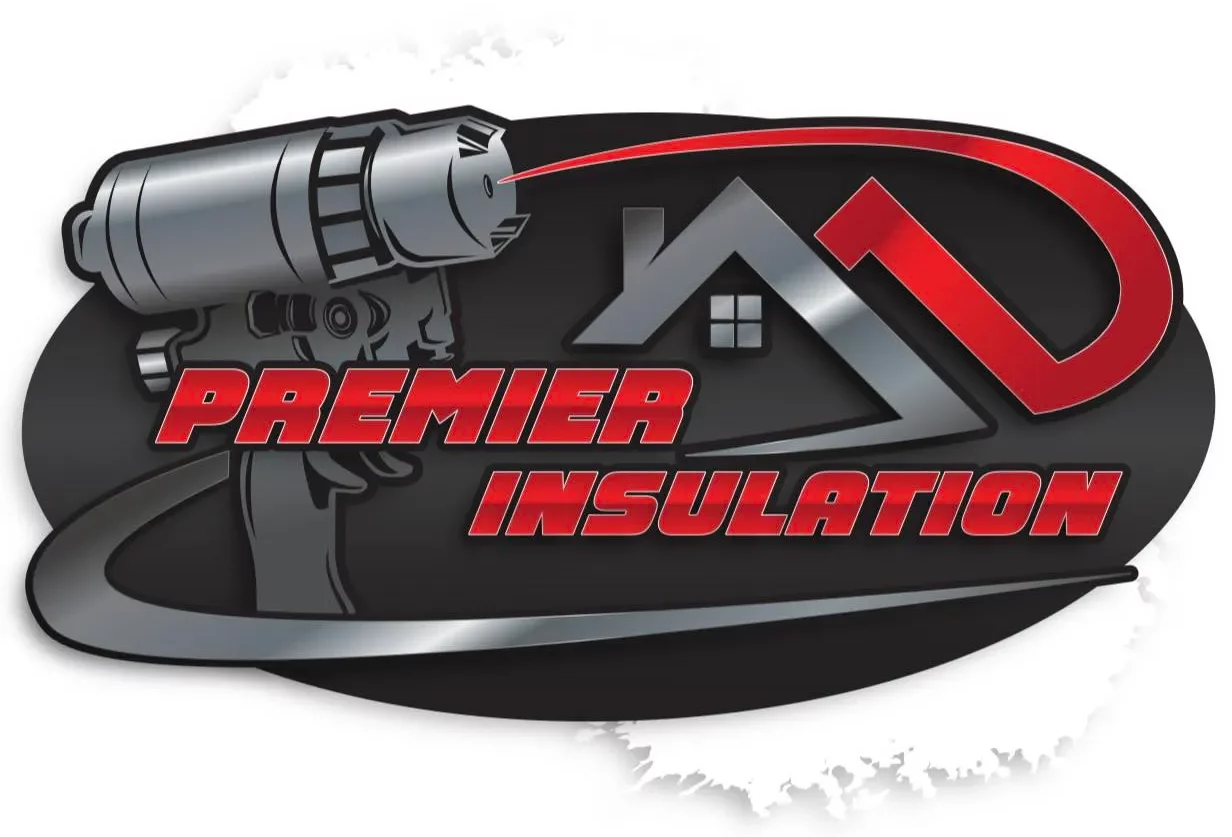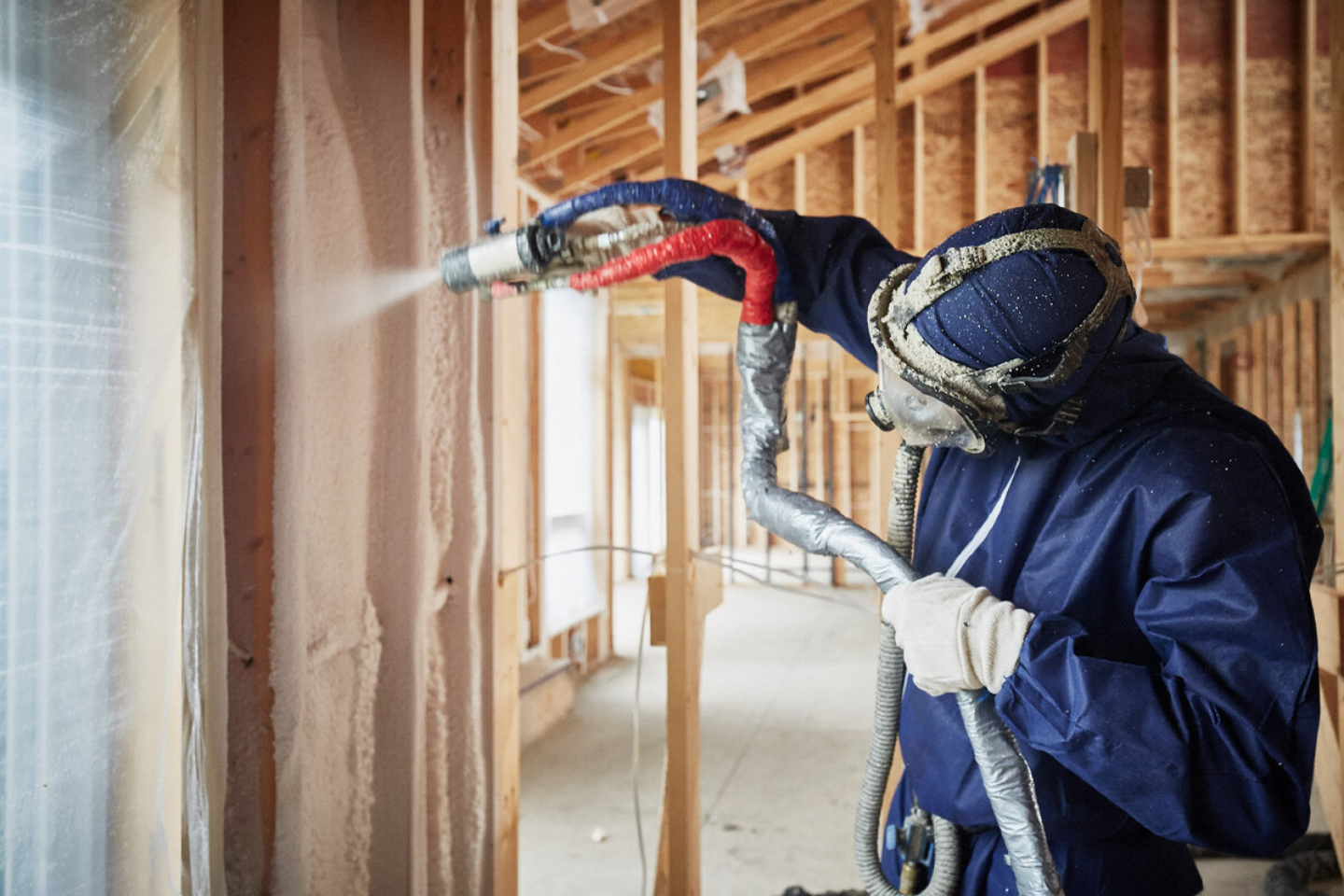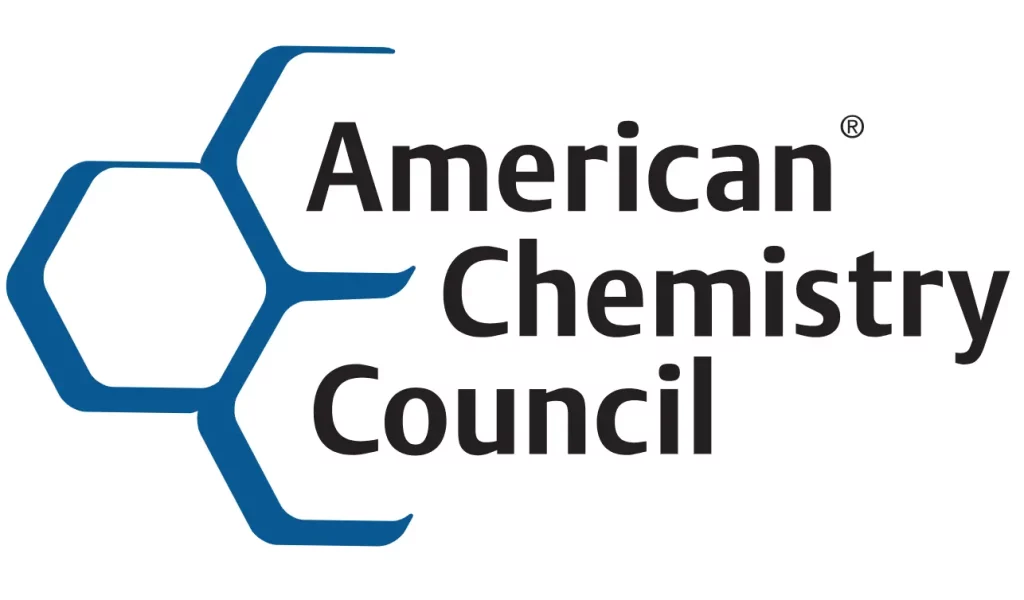Supporting Energy Efficiency in a Humid Climate
Spray foam insulation offers a dependable method for improving energy performance in Valdosta homes. The region’s hot summers and high humidity levels often push HVAC systems to work harder. By forming an air-tight barrier, spray foam reduces the rate of heat transfer, minimizing the load on heating and cooling systems. This translates to more consistent indoor temperatures and lower energy bills throughout the year.
Open-cell and closed-cell spray foam each provide unique benefits. Open-cell is lightweight and flexible, often used for interior walls and attics. Closed-cell is denser and provides a higher R-value per inch, making it effective for external walls, basements, and crawlspaces. Both options improve thermal resistance, making homes less dependent on artificial climate control.
Reducing Environmental Impact
Minimizing energy consumption lowers carbon emissions. A sealed home with optimized insulation requires less electricity, which in Valdosta often comes from fossil fuel sources. Spray foam contributes by improving building envelopes and reducing leakage, which lowers peak energy demands across the grid.
Spray foam also helps limit construction waste. Its long lifespan, often exceeding 30 years, reduces the need for re-insulation or repairs. Traditional materials like fiberglass or cellulose can degrade over time, needing replacements that generate extra material and labor costs. In contrast, properly installed spray foam resists moisture, mold, and pests, cutting down the chance of structural damage or material decay.
Moisture Control and Indoor Air Quality
In regions with frequent rainfall and high humidity like Valdosta, managing moisture is as important as controlling temperature. Spray foam creates a vapor barrier that helps prevent damp air from seeping into walls and insulation cavities. This reduces the likelihood of mold growth, a common concern in homes where moisture goes unchecked.
Improved sealing also limits outdoor allergens, dust, and pollutants from entering indoor spaces. By blocking these entry points, spray foam contributes to cleaner indoor air. Families with respiratory sensitivities or allergies may benefit from a noticeable improvement in indoor air quality.
Adapting to Residential and Commercial Needs
Whether it’s a single-story home or a commercial warehouse, spray foam insulation adapts to a wide range of building types. In Valdosta’s growing residential developments and commercial districts, property owners are looking for insulation that fits both energy codes and long-term performance goals. Spray foam meets many modern building standards, including those focused on sustainable construction.
The product’s ability to fill irregular spaces, penetrate crevices, and bond with various surfaces makes it suitable for renovations as well. In older homes, it can be used to improve underperforming insulation without tearing down walls. In new builds, it allows for tighter envelopes from the start.
Aligning with Broader Sustainability Goals
Local interest in sustainable living is growing. More residents are exploring solar panels, rainwater collection, and low-energy appliances. Spray foam insulation complements these upgrades by preserving the efficiency gains they deliver. For example, a well-insulated home holds conditioned air more effectively, helping HVAC systems and solar-assisted heating operate efficiently.
For those pursuing certification through green building programs like ENERGY STAR or LEED, high-quality insulation is often a required component. Spray foam not only meets but can exceed these benchmarks depending on installation quality and application area.
Supporting Long-Term Financial Planning
While the upfront cost of spray foam insulation can be higher than other materials, its longevity and performance create measurable financial returns. Energy savings typically begin immediately after installation and accumulate year over year. Reduced maintenance costs and fewer repairs over the lifespan of the insulation contribute to its value.
In real estate, homes with efficient insulation often appraise higher and spend less time on the market. Energy-conscious buyers recognize the reduced operational costs and improved comfort levels. As Valdosta’s housing market grows, these features may become more common selling points.
Connecting Homeowners with Proven Solutions
For residents of Valdosta interested in reducing monthly energy costs, improving indoor comfort, and supporting environmentally conscious building practices, spray foam insulation offers a tested solution. It addresses both the physical demands of the local climate and the economic goals of homeowners who want lasting results.
Interested in making your home more energy-efficient?
Premier Insulation offers professional spray foam insulation services throughout Valdosta, GA. To schedule a consultation or request a quote, contact us at (229) 554-3939 or email premiereinsulationga@gmail.com.
Final Thoughts
Spray foam insulation supports energy savings, indoor comfort, and sustainable construction. In a climate like Valdosta’s, it helps homes manage heat and humidity more efficiently. Whether updating an existing property or planning a new build, this insulation method contributes to lasting value and reduced environmental impact.
For professional installation in the Valdosta area, reach out to Premier Insulation at (229) 554-3939 or premiereinsulationga@gmail.com.
Frequently Asked Questions
How much does spray foam insulation cost in Valdosta?
Pricing depends on the size of the project, insulation type (open-cell vs. closed-cell), and access to the area. On average, costs range between $1.00 to $3.50 per square foot.
What areas of a home benefit most from spray foam?
Common areas include attics, crawl spaces, exterior walls, basements, and rim joists. Each area can impact overall energy efficiency.
Can spray foam be used in older homes?
Yes, it is commonly used in retrofits to improve insulation in aging structures. It can be applied without major demolition.
Is spray foam safe for indoor air quality?
Once cured, spray foam is inert and does not emit harmful gases. Proper installation and curing are important to ensure safety.
How long does spray foam insulation last?
It can last 30 years or more when installed correctly, far outlasting many traditional insulation materials.
Will spray foam help reduce my energy bills?
Yes. Many homeowners report significant drops in energy use, especially for heating and cooling.
Is spray foam resistant to pests and mold?
Yes. Its closed structure deters rodents and insects, and it prevents moisture accumulation that leads to mold.
Can I install spray foam myself?
DIY kits exist but require experience to apply safely and effectively. Professional installation is recommended.
Does spray foam meet building code in Valdosta?
Yes, when installed by certified professionals, it meets or exceeds local and national energy codes.
What’s the difference between open-cell and closed-cell foam?
Open-cell is softer and more flexible, with lower R-values. Closed-cell is rigid, offers a higher R-value, and also serves as a moisture barrier.





